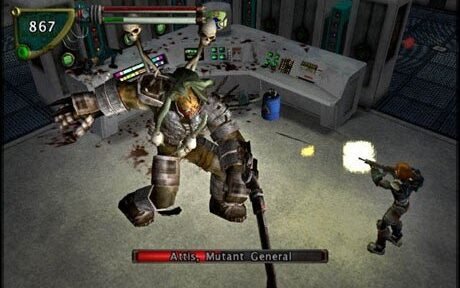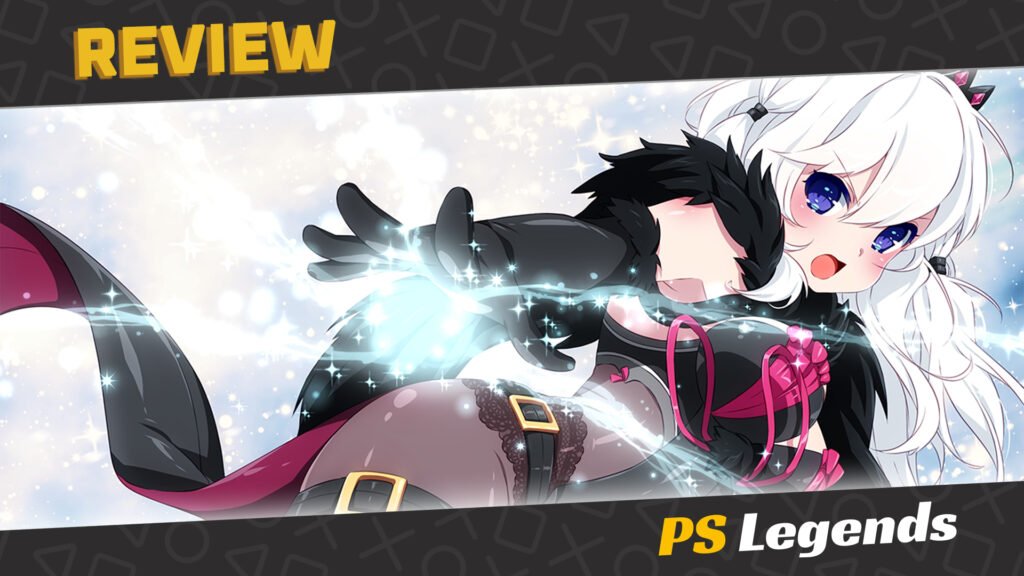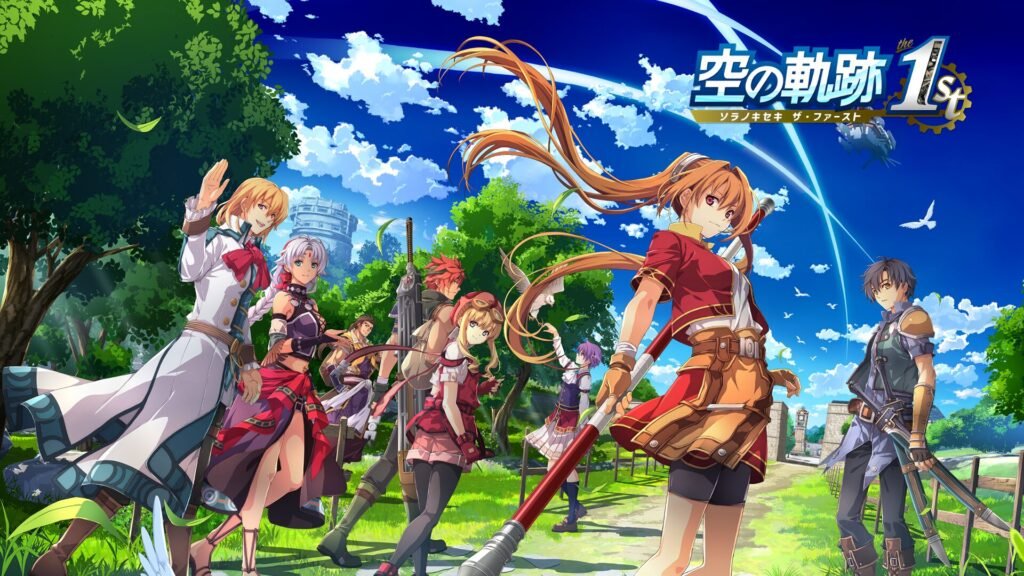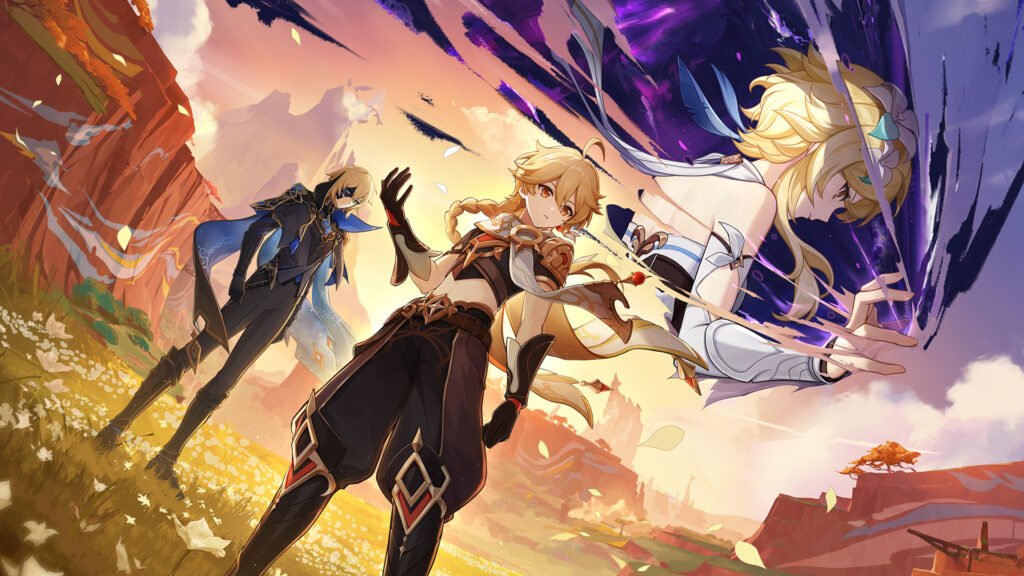Fallout: Brotherhood of Steel, released for the PlayStation 2 in 2004, is an action RPG set in the iconic Fallout universe but is crucially NOT seen as canon by current developers Bethesda and Todd Howard. The final Fallout game to be developed by Interplay Entertainment and is the first Fallout game in the series to appear on Consoles.
This Fallout game is sometimes confused with another spin-off called Fallout Tactics: Brotherhood of Steel released three years earlier in 2001. This Fallout game takes players on a thrilling journey through a post-apocalyptic wasteland, delivering a unique blend of action, exploration, and narrative but in a linear non-open world format.
On This Page

Story
The narrative unfolds through a series of quests and interactions with other characters, each contributing to the overarching story of the Brotherhood’s mission. The game introduces new characters and lore, offering a fresh perspective on the Fallout universe as well as appearances from established characters. However, some fans of the series may find the departure from the more complex and morally ambiguous storytelling of earlier titles to be a drawback.
This title is the first to use the ‘revenge’ plot for the story. Fallout 3 the next title you eventually look for revenge for your fathers death, in Fallout: New Vegas you look for revenge for the man who shot you in the head and in Fallout 4 as well as looking for your son you seek revenge on the man who killed your wife.
Immediately preceding the start of the game, the three characters Cyrus, Cain and Nadia have all joined the Brotherhood of Steel as initiates and is referred to as such for the rest of the game. After choosing your character you are assigned a mission to search for missing paladins in the town of Carbon. This investigation leads you to the mayor of Carbon who points you towards an area known as The Crater to find the paladins. Upon arrival however plot twist the mayor betrays you and attempts to cause a rockslide to kill you with explosives. The initiate escapes and the mayor is killed by his own trap.
After heading back to Carbon the Initiate sees the town under attack by a group of raiders. The Initiate heads into the fray saving townspeople and running the raiders from the town, before tracking them down to a nearby steel mill before putting an end to their raiding days. While in this location the Initiate meets The Vault Dweller the protagonist from the first Fallout game who helps you by telling you about Paladin Rhombus who is in the ghoul town of Los.
The Initiate heads out towards the town of Los, meeting up with recurring character Harold and some other ghouls when they arrive and discovers the separatist faction led by Paladin Rhombus has been turned into a cult called the Church of the Lost led by a man called Blake. The two move through the town killing mutants that serve the Church of the Lost as they look to eliminate Blake, Rhombus however is captured by the cult, The Initiate manages to rescue Rhombus and take out Blake but during their escape Rhombus is mortally wounded by kamikaze ghouls and is left behind. The Initiate then learns of a fallout vault nearby under the control of a Super Mutant general called Attis.
Upon arrival at the vault the Initiate is confronted by Attis and a fight ensues with the Initiates left arm being severed and is then left for dead in a ruined part of the vault. After being found by Patty and having the left arm reattached (Fallout logic), they both work to help the residents of the vault escape before tracking Attis through the vault. It is then discovered that Attis is searching for a “cure” to the super mutants sterile nature. Patty is caught in an explosion and is caught in “a FEV blob” that begins to consume her while in the climactic battle the Initiate manages to set the Vaults Self-Destruct sequence, mercy kills Patty and escapes the vault before it explodes by riding a monorail to safety.

Characters
This Fallout game offers you three characters to choose from along with three unlockable characters for future playthroughs. The last three in the list below of the unlockables.
- Cyrus: the tribal farmer turner Brotherhood initiate, grew up fighting raiders in his community only for one day to lose that community to the Super Mutant army. After spending time wandering the wastes he heard stories of the Brotherhood of Steel and sought them out to join them. He can use heavy weapons and maneuver better with them than other characters but can’t run while shooting.
- Cain: a very interesting character, as Cain is a ghoul and the only ghoul character you can choose to play as in the Fallout series (other than ghoul recruits in Fallout: Tactics). Cain previously controlled Necropolis or the City of the Dead in the remains of Bakersfield, Southern California. After the Super Mutant army sacked Necropolis Cain joined the Brotherhood of Steel to enact his revenge. Cain can use heavy weapons but is unable to run while firing them and can also use dual pistols.
- Nadia: after growing up as an orphan in a city ravaged by the nuclear war and raiders, Nadia learned how to steal and survive. Taking the ‘rogue’ archetype in this RPG she joins the Brotherhood of Steel after they arrive in her hometown offering food and other supplies to the people there. Lacking the ability to use heavy weapons she instead can use dual weapons and fire while running.
- Patty: the leader of the troops that survived in the Garden area and has a medical background that she uses to help the players. She can use all dual weapons but not heavy weapons.
- Rhombus: was a Paladin of the Brotherhood of Steel who was the leader of an internal separatist faction that tracked and engaged the Super Mutant army. A similar character is the Cyrus, and can use any weapon except dual wield.
- The Vault Dweller: an early example of a ‘new game+’ award. You can select to play as The Vault Dweller, a very strong character and original protagonist from the first Fallout game. One of their strengths is the ability to use any and all weapons. Can only be selected after completing the chapter where you meet them.
Gameplay

At its core, Fallout: Brotherhood of Steel retains the isometric perspective that is characteristic of the Fallout series. However, it diverges from the traditional turn-based combat of its predecessors, opting for a real-time action-oriented approach. The gameplay mechanics, while a departure from the established formula, offer a refreshing take on the Fallout universe.
Players assume the role of a new initiate into the Brotherhood of Steel, tasked with navigating through treacherous environments, battling mutated creatures, and uncovering the mysteries of the post-nuclear world. The combat system, featuring a mix of melee and ranged attacks, provides a dynamic and engaging experience. The real-time combat injects a sense of urgency, requiring players to think on their feet and make split-second decisions in the heat of battle.
Fallout: Brotherhood of Steel introduces players to a narrative set in the Fallout universe, but with a distinct focus on the Brotherhood of Steel faction. While the game doesn’t delve as deeply into the moral and ethical dilemmas that characterise its predecessors, it successfully captures the essence of a post-apocalyptic world and the struggle for survival.
Character progression is achieved through an intuitive skill and perk system, allowing players to customize their character based on personal play-style preferences. The diverse range of weapons, armor, and upgrades further enhances the depth of the gameplay, encouraging experimentation and strategic thinking.
Graphics and Sound
Another way this Fallout game is different to others is in the music. The in-game radio stations in the Fallout universe are rivalled only by those in the Grand Theft Auto universe, but this game has a focus on heavy metal rather than 1950’s music from the Ink Spots and others, this time using instrumental songs from bands like Killswitch Engage, Meshuggah, Slipknot and Cult of Luna.
Considering the hardware limitations of the PlayStation 2, Fallout: Brotherhood of Steel delivers a visually compelling experience. The game features atmospheric environments, detailed character models, and a post-apocalyptic aesthetic that stays true to the Fallout universe. The use of colour and lighting effectively conveys the desolation and decay of the wasteland, immersing players in a world ravaged by nuclear devastation.
While the graphics may not match the standards of contemporary titles, the art direction and attention to detail compensate for any technical shortcomings. The diverse locations, from irradiated landscapes to dilapidated urban areas, showcase the developers’ commitment to creating a visually diverse and engaging post-apocalyptic world.
Replayability
The replayability of this Fallout game lies in the different playstyles of each selectable characters, as well as the unlockable characters.
Reception and Legacy
Fallout: Brotherhood of Steel received mixed reviews upon its release, with some praising its action-oriented approach and others criticizing its departure from the established Fallout formula. The real-time combat system, while divisive, brought a sense of immediacy to the gameplay that resonated with certain players.
Despite its mixed reception, Fallout: Brotherhood of Steel holds a unique place in the Fallout franchise. It represents an experimental chapter in the series, attempting to broaden its appeal by embracing a different gameplay style. While it may not have achieved the same level of acclaim as its predecessors, it remains a noteworthy entry in the Fallout universe, offering a different perspective on the post-apocalyptic narrative.
A sequel was planned, but after Bethesda purchased the rights to the game series, the sequel was cancelled, and Fallout: Brotherhood of Steel has now been removed from the canon of the history of Fallout.
Conclusion
Fallout: Brotherhood of Steel for the PlayStation 2 is a bold departure from the traditional Fallout formula, introducing real-time combat and focusing on the Brotherhood of Steel faction. While it may not have resonated with every Fallout fan, the game stands as a testament to the franchise’s willingness to explore new directions, and really is a gaming ‘what if?’.
The gameplay mechanics, storytelling, and visual presentation contribute to an immersive experience that, while different from the classic Fallout titles, has its own merits. For those willing to embrace a more action-oriented take on the Fallout universe, Fallout: Brotherhood of Steel offers a unique and engaging journey through the post-apocalyptic wasteland. It is a good game for people who have never experienced the early Fallout games as it blends the modern and original game mechanics quite well.
Joys
- Great soundtrack
- Interesting concept in the Fallout series
- Looked pretty good at the time
Cons
- The Fallout series needs to be open-world not linear
- By modern standards not being able to choose your favourite character and then morph them to your playstyles is not great



